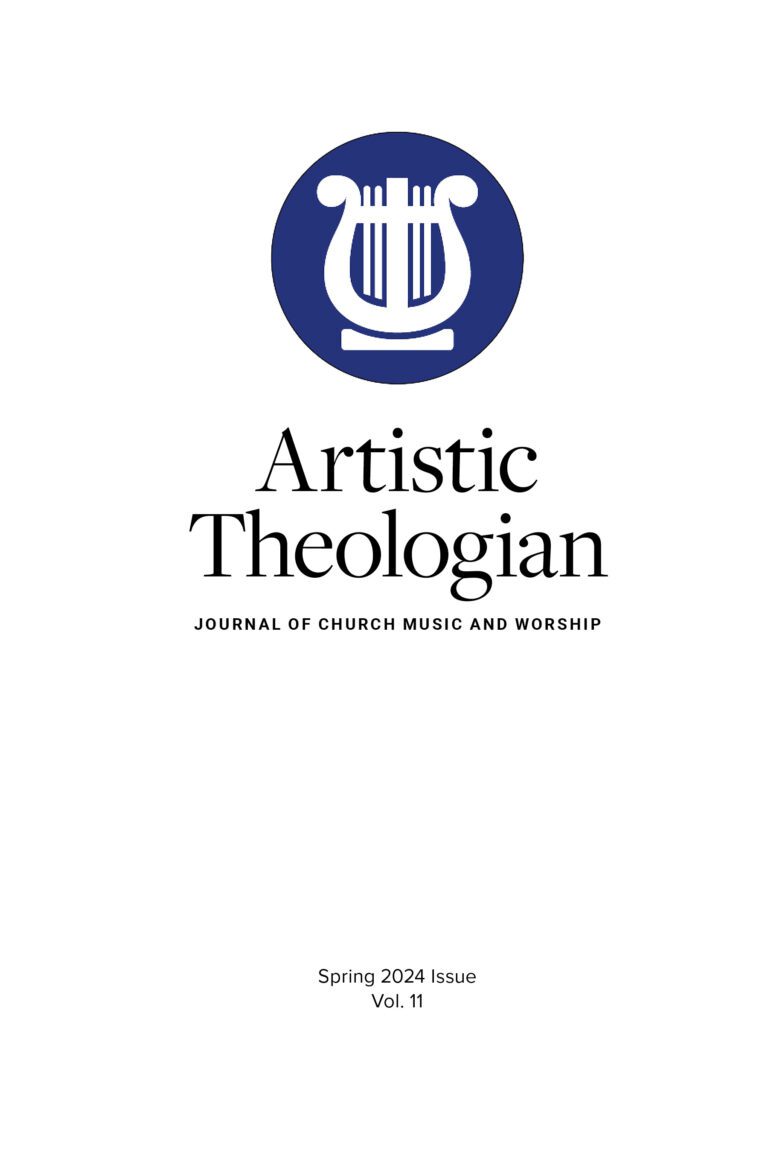
The Relationship of Doxology and Doctrine
Artistic Theologian
Volume 11, Summer 2024
Editor: Joshua A. Waggener
Begbie, Jeremy S. Abundantly More: The Theological Promise Of The Arts In A Reductionist World. Grand Rapids, Mi: Baker Academic, 2023. 251 Pp. $38.99.
Jeremy Begbie occupies a unique space in Christian thought today as a preeminent theologian, philosopher, and musician. He is an ordained minister in the Church of England, and has taught at Cambridge, Aberdeen, and Duke University. Currently, he is the Thomas A. Langford Distinguished Research Professor of Theology at Duke Divinity School. Begbie has dedicated his prolific academic career to the intersection of faith and the arts.
In this, his most recent foray into theology, arts, and philosophy, Begbie tackles reductionism, one of the most troubling thought movements in modern times to people of faith. Reductionism is the outlook in which the universe is reduced to a machine, the brain to a computer, and the mind to nothing but the firing of neurons. Begbie pushes back against this proclivity by drawing from three streams of thought: (1) philosophical critique, (2) aesthetics, and (3) Christian theology. Through this multi-pronged method, Begbie asserts a double thesis. First, he argues for the distinctive capability of the arts to resist modernity’s reductionist drives (xiii). Second, he argues that the artistic pressure of the arts toward the uncontainable holds considerable theological import (xv).
In chapter 1, Begbie explains Naturalistic Reductionism (NR), which rejects “any nonphysical entity or property including, of course, God” (6). It is highly concerned with hierarchy, breaking down the world to the lowest or smallest level possible and considering every other level of reality as derivative. Chapter 2 is about four specific reductionist ideologies pressuring the arts, including evolutionary reductionism, sociocultural reductionism, linguistic reductionism, and instrumental reductionism.
Begbie titles both chapters 3 and 5 “A Scriptural Interruption.” In chapter 3, he uses John 9:1–34 to illustrate how true knowledge transcends the reductionist drives described in chapters 1 and 2. Knowledge is given to the blind man through faith and grace, and not discovered through reduction and the natural sciences.
In chapter 4, Begbie pokes holes in the major forms of reductionism described in the first two chapters. Although he admits his goal is not to completely refute modern reductionist philosophy, he does successfully demonstrate how each reductionist drive contains “a proneness to incoherence and a strangely restricted vision of what calls out for attention and explanation” (63). Then in chapter 5, Begbie explores the story of the Samaritan woman at the well in John 4 because “this passage urges us to imagine God as active in this world … as One who cannot be contained” (87).
Having explained and refuted reductionism in various forms, Begbie then turns to “Art’s Generativity” in chapter 6. In summary, the arts “draw on and generate potentially inexhaustible dimensions of meaning,” thus making them irreducible (94). The arts provide metaphorical combinations of ideas that are unlike, yet familiar enough to provide meaning. This “defamiliarization” then gives windows into deeper and different modes of cognition.
Chapters 7 and 8 describe the momentum of uncontainability springing from God’s Trinitarian being. Begbie first uses the story of God’s theophany to Moses in the burning bush to expound upon God’s uncontainable infinity, immensity, ineffability, agency, and faithful love. Then Begbie discusses God’s uncontainable faithfulness in Christ. Begbie draws on Augustine to describe the loving generativity and other-orientated life of the Trinity: Father, Son, and Holy Spirit.
The final two chapters discuss the “resonances” and “reverberations” of the uncontainable drives within the arts and theology. Chapter 9 gives many examples from music, visual art, and literature. Chapter 10 is a brief analysis of the “moreness” present in Michelangelo Merisi da Caravaggio’s “Supper at Emmaus” (1601) painting, which is the front cover artwork for the book.
Overall, Begbie successfully uses a fascinatingly diverse approach to counter reductionism, transitioning from philosophy to aesthetics to music to theology with great facility. The scriptural interruptions bring a nice reprieve from the heavy philosophical and scientific chapters, and one unexpected strength of the book is the application for the Christian life the author expounds in little paragraphs and phrases throughout the work.
Begbie advances his double thesis particularly well in several places. For example, he convincingly shows how linguistic reductionism cannot account for the fact that “some things can be accessed only metaphorically” (116). He expounds on the art’s theological import, commenting that Bach’s music “performs possibilities for the theologian in a way that can render the extraordinary character of God’s life at work in the world more conceivable” (193).
Even though Begbie claims music is “the most irreducible” and very instructive for theology (xviii), he could have given more musical examples. He dedicates approximately equal space to visual art and literature as he does to music. Additionally, though Begbie’s examination of Bach’s music is insightful, he has already analyzed Bach in other books. He could have brought his analytical acumen to bear on other composers or musical works in this discussion. For example, his brief observations regarding rap’s multi-layered meaning (117) were helpful, and he could have provided similar commentary regarding other genres.
This book will certainly prove helpful to philosophers, musicians, artists, and theologians who are concerned about reductionism. It would not be appropriate for entry-level philosophy courses, but would prove beneficial to higher level undergraduate and graduate classes. Christian artists, musicians, philosophers, and apologists will find Abundantly More to be exceedingly inspirational.





